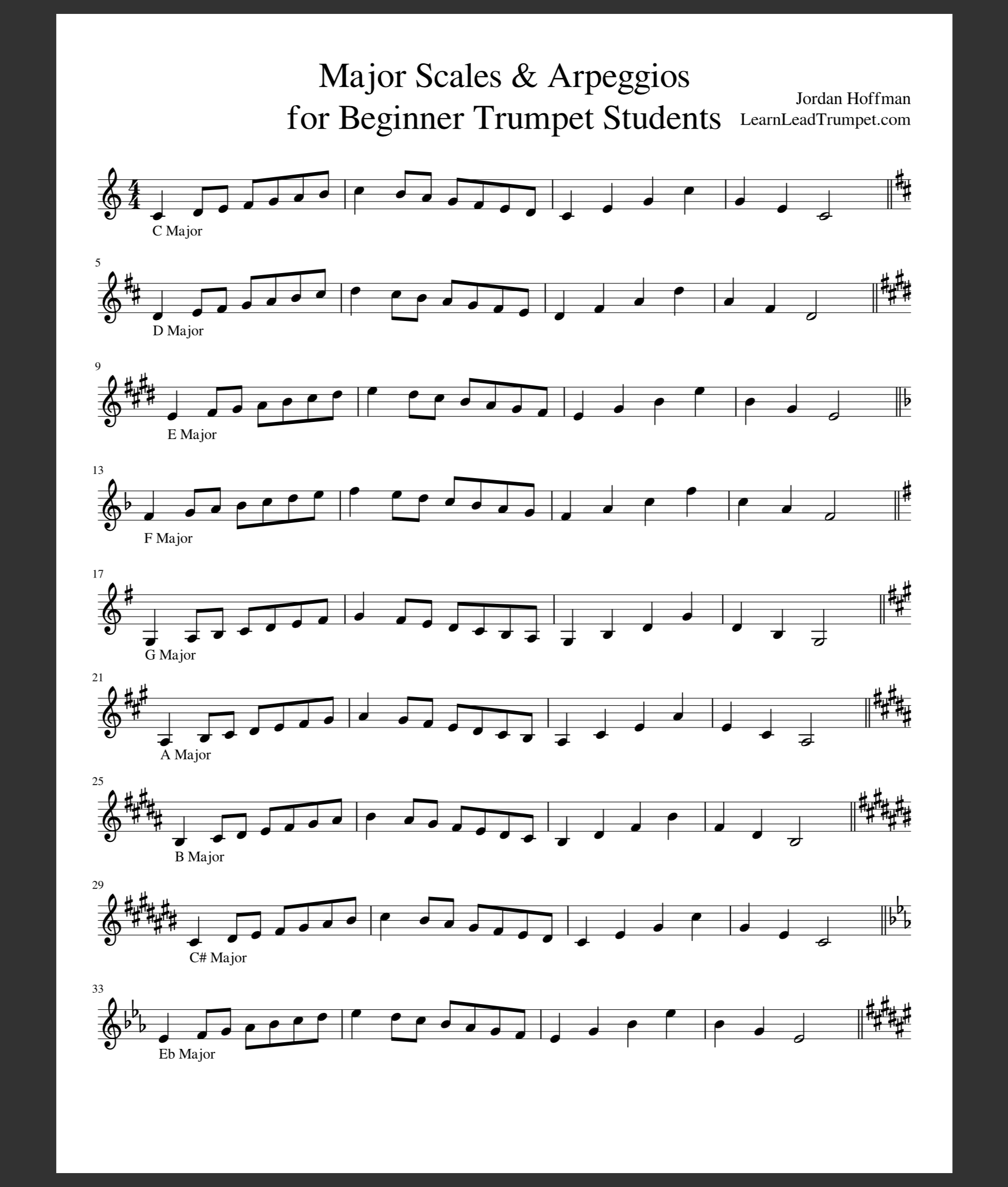
Such occasions have included The 2012 Olympic Games and various Royal Weddings.A tuner is a device musicians use to detect pitch accuracy. The Ministry of Defence has commissioned fanfare trumpets to be made for special events. Opera houses still commission these specialist instruments today! Ministry of Defence Traditionally they are straight with only one valve, with both B-natural pitch and A♭-pitch models being used together. They are used for playing the “Grand March” of the opera “Aida”. As a result, he asked instrument makers to create a longer instrument with a valve, so that he could include dull arpeggios in his composition. However, Verdi was not impressed by their soft sound, and the key they were in. These trumpets are considered to be the oldest operational trumpets in the world. Verdi’s opera, Aida, was to include replicas of the trumpets found in the burial chamber of the Pharaoh Tutankhamun. There are several occasions in history where fanfare trumpets have been made to order. London Fanfare Trumpets demonstrating a team of 7 players Made to Order The bands of the Royal Air Force have a similar arrangement whilst the Royal Marine Bands add a soprano fanfare to give a brighter sound. For example, the British army uses 4 Bb trumpets, 2 Bb tenor fanfares and a Bb bass fanfare. The Band of the Household Cavalry playing Smith-Watkins herald fanfare trumpets Fanfare Trumpets in the British Forces TodayĪll British military bands are able to produce a fanfare team of around 7 players, using the four sizes of fanfare trumpets in common use today. These instruments allow musicians to play all notes of the chromatic scale. Today, most military bands use valved chromatic trumpets, developed in the 1930s. They were supplied across the world to announce the arrival of Heads of State and dignitaries. Between 19, Boosey and Hawkes made 492 of these 3-valved instruments.


They were sold under the Boosey & Hawkes and Besson brands until 1999. They were often referred to as “Coronation Trumpets”. These trumpets came in various pitches and were made by Boosey & Hawkes for the Coronation of George VI. This was witnessed at Kneller Hall by the then Adjutant. On 1st April 1938, Atkins signed an agreement with Geoffrey Hawkes relating to the design of the 3-valved chromatic fanfare trumpets. Herb Poole, an instrument builder and member of the COC Orchestra, shows off the Aida trumpets he built for the new production of Verdi’s Aida at the Four Seasons Centre for the Performing Arts. So, he designed a set of 3-valved chromatic fanfare trumpets, where the majority of the valve tubing was put towards the back of the instrument. Lt Col Hector Adkins, the Senior Director of Music at the Royal Military School of Music, Kneller Hall, found “Aida” trumpets to be unbalanced when supporting a banner. These instruments were designed by Ricordi and made by Orsi for Verdi’s opera in 1836. The Aida Trumpetsīefore the 1930’s, one-valved trumpets called “Aida” trumpets made by Hawkes & Son were used for fanfares. This instrument was first used in the cavalry branches of the European military in the 17th century. The natural chromatic is the oldest type of fanfare trumpet still used today. Fanfare trumpets were incorporated into mounted bands in the 12th century, which were tasked with motivating mounted troops in battle, as well as on parade. they would also act as timekeepers in various towns, and announce special events. In the Middle Ages, natural trumpets would sound fanfares to mark important holidays or ceremonial events. The Nabal, the only Korean instrument made of brass. In Iran, the karnay is considered a national instrument, and is also used in Tajikistan, and Uzbekistan.


Iran, Korea and Chinaįanfare trumpet-like instruments also existed in Iran ( the karnay), Korea ( the nabal) and China ( the laba). A mosaic of musicians playing a Roman tuba, a pipe organ, and a pair of cornua. These instruments were straight, approximately 4 feet long, and usually made from bronze with a detachable mouthpiece. They usually played them pointing either upwards or pointing down towards the ground, with one hand. The musicians playing the were known as “ tubicines“. Very different to tubas as we know them today! These instruments were used as a military signal trumpet to give order to soldiers, as well as for parades and funerals. They were known as Roman tubas, from the Latin “ tubus” which means tube. The History of the Fanfare Trumpet Ancient Romeįanfare trumpets can be traced as far back as ancient Rome. Given our background in supplying some of the world’s finest marching bands, we thought we would take the opportunity to share some information about the fanfare trumpet.


 0 kommentar(er)
0 kommentar(er)
